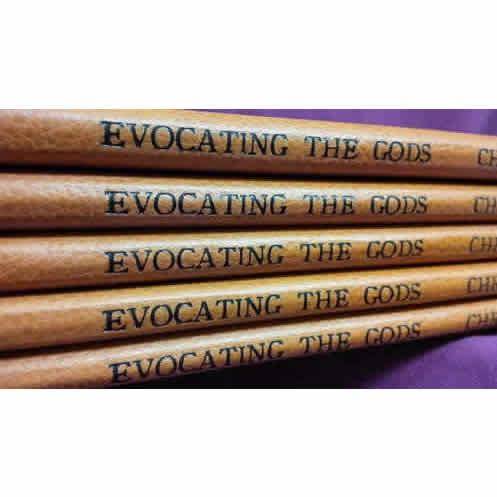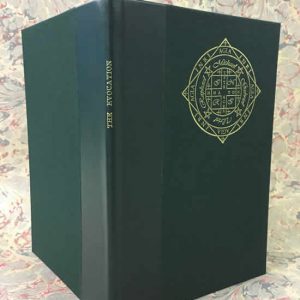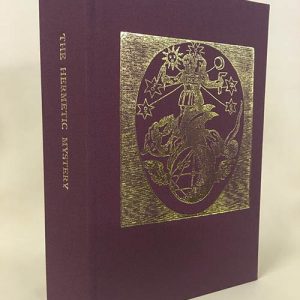_________________________________________________
THEAGOGIA
EVOCATING THE GODS
Divine Evocation in the Greaco-Egyptian Magical Papyri
(Spells of Evocation, Necromancy & Eroticism)
By Christopher Plaisance
Christopher Plaisance has a Masters Degree from Exeter University’s International Centre for the Study of Esotericism (EXESESO), he is a regular contributor to many academic journals and is currently engaged in research on Enochian Magic for a PhD at the University of Groningen.
Chapters include:
Methodology /Terms and Definitions
Spells of Binding and Constraint
Erotic Enchantments
Psychagogy and Necromancy
Evocating the Gods
In the Bibliothèque Nationale in Paris is an early fourth-century papyrus codex
(Ms. Supplement Grec 574) which contains a variety of texts, spells, hymns, etc. It is 36 folios in length – large for a papyrus, and contains 3274 lines and is commonly referred to as
PGM (Papyri Graeacae Magicae) IV
The manuscript was acquired in Egypt by the collector Giovanni Anastasi (No.1073 in his collection) and bought at auction in Paris by the BNF in 1857. It probably comes from Thebes (=Luxor). Apparently Anastasi was told that his papyri were found in a grave there, perhaps sometime around 1825, although we cannot be sure of this. Anastasi certainly sold a larger collection of papyri to the Dutch archaeologist C. J. C. Reuvens, the founder and first director of the Oudheidkundig Museum in Leiden, sometime after 1825.
The codex seems to be the working handbook for an Egyptian magician, compiled from many sources. It contains more than 50 documents, doubtless acquired from various sources, and is the single most comprehensive handbook of magic known from the ancient world. The documents contained in it must all be 4th century or earlier — possibly much earlier — and each document has its own history prior to being copied into the codex.
The text was printed by Karl Preisendanz, Papyri Graecae Magicae, vol. 1, Leipzig, 1928, rev. 1973, as item IV (henceforth PGM IV). An English translation was made by H.-D.Betz, The Greek Magical Papyri in translation, 1986.
















